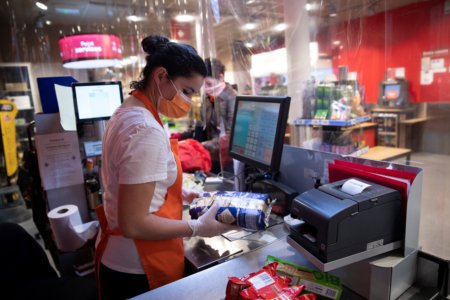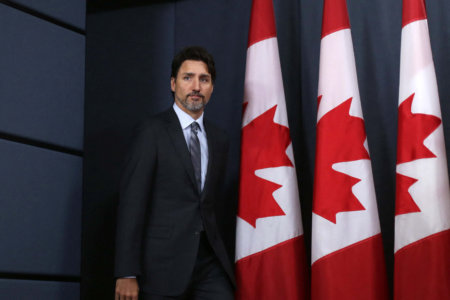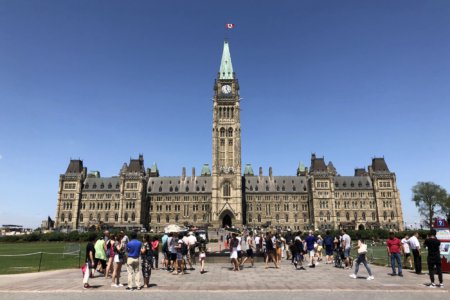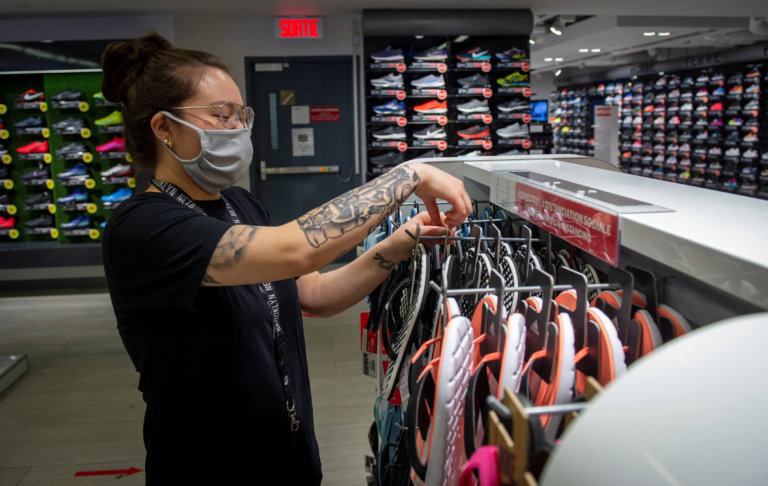
How far will you go to chase the “Canadian dream”? The prospect of receiving quality education and getting a post-graduation work permit in Canada is a pitch that is too good to ignore for many international students, but is it too good to be true?
The study-to-immigration pipeline is often touted as a major selling point for Canadian education, thanks in part to the post-graduation work permit (PGWP). The permit is a one-time deal that is not renewable, and can be granted for a duration of anywhere between eight months to three years corresponding to an applicant’s total years of study in Canada.
PGWP holders cannot extend their permit and must apply for permanent residency if they want to retain their right to work and remain in the country, hence why PGWP is often seen as a major gateway to immigration. If they can’t enter the PR pool once their permit expires, they effectively become undocumented.
As COVID-19 and inflation hits Canada 🇨🇦, how are international students coping financially? Find out more here: @iStudentCanada #InternationalStudentsCanada #HigherEd https://t.co/wf64zUd8B1
— Study International (@Study_INTNL) March 18, 2022
The most likely alternative is to secure another study permit, but that comes with its own caveat: they can only work 20 hours weekly, where wages are not nearly enough to cover increasing living costs. Trapped by the legalities of their status, many foreign students resort to “unskilled” or under-the-table jobs that not only expose them to labour exploitation, but also wouldn’t count towards PR requirements.
The system, as student advocates argue, puts international students at a disadvantage and exposes them to further precarity in a landscape where their rights are not adequately protected. Syed Hussan of the Migrant Workers Alliance for Change (MWAC) remarked that the non-renewable nature of PGWPs is a “setup for disaster”.
“None of the jobs the students get to do in warehouses, in construction, retail, or gigs, count towards the PR requirements,” Hussan was quoted saying during a recent virtual conference held by the organisation, where he remarked that these were “celebrated jobs” during COVID-19.
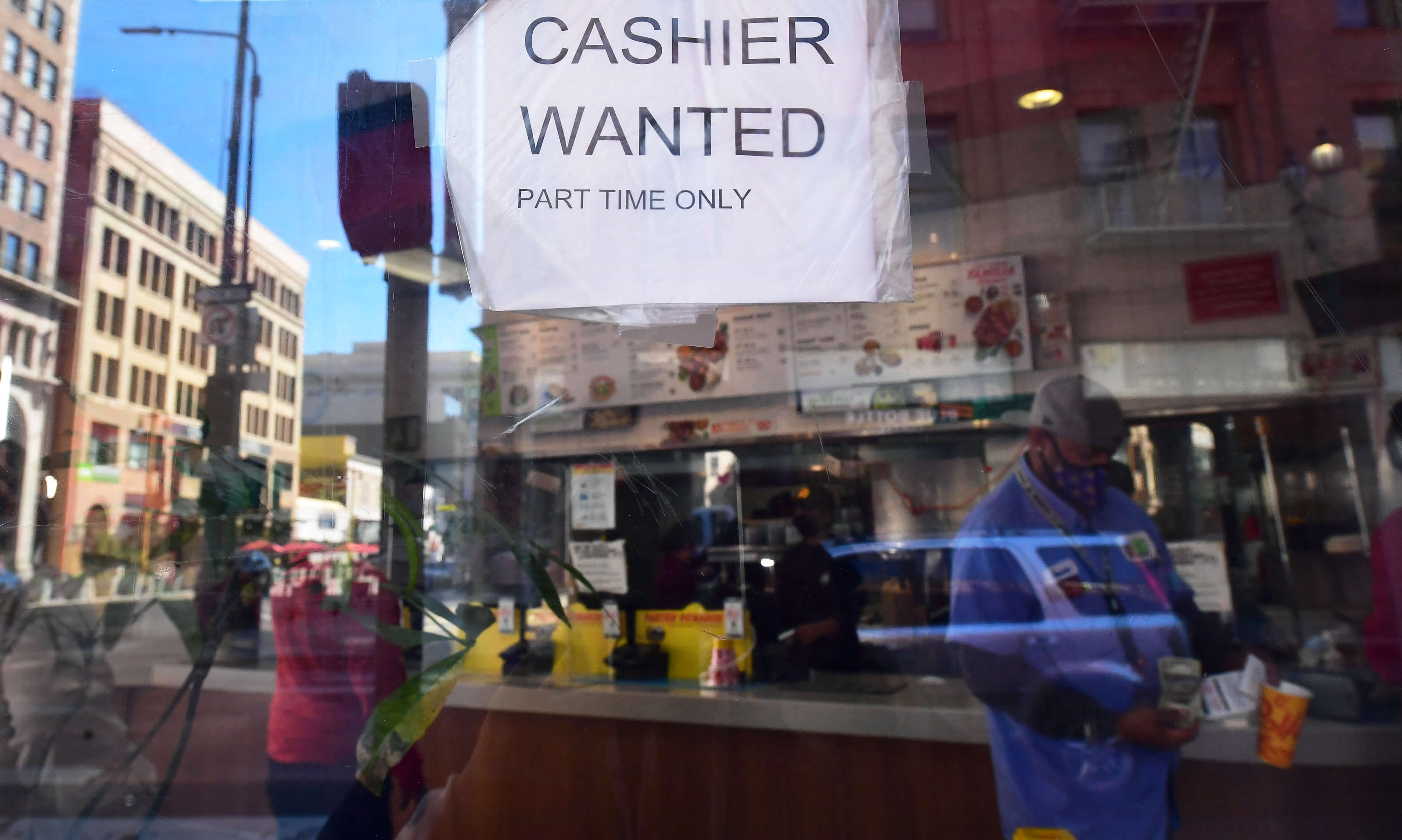
Due to restrictions on working hours stipulated on the Canadian study permit, international students are often pushed to take up survival jobs that do not count towards PR requirements. Source: Frederic J. Brown/AFP
From a work permit in Canada to PR: The undocumented reality
Hussan’s comments are hardly surprising. In an exposé highlighting the seedier side of international higher education recruitment in Canada by The Walrus last year, the report cites mounting evidence of labour exploitations involving overseas students lured by false promises from agents in their home country. The lack of systemic action by Canadian universities and colleges to tackle the phenomenon creates an additional burden for international students, who’ve sacrificed time and money just to get a shot at a better life in Canada.
“We call them migrant students, not international students,” Sarom Rho, an organiser with Migrant Students United, was quoted saying in the article. “What having temporary status means is that power is taken away from us. We have less access to basic rights and protections, including labour protections. Employers have all the power.”
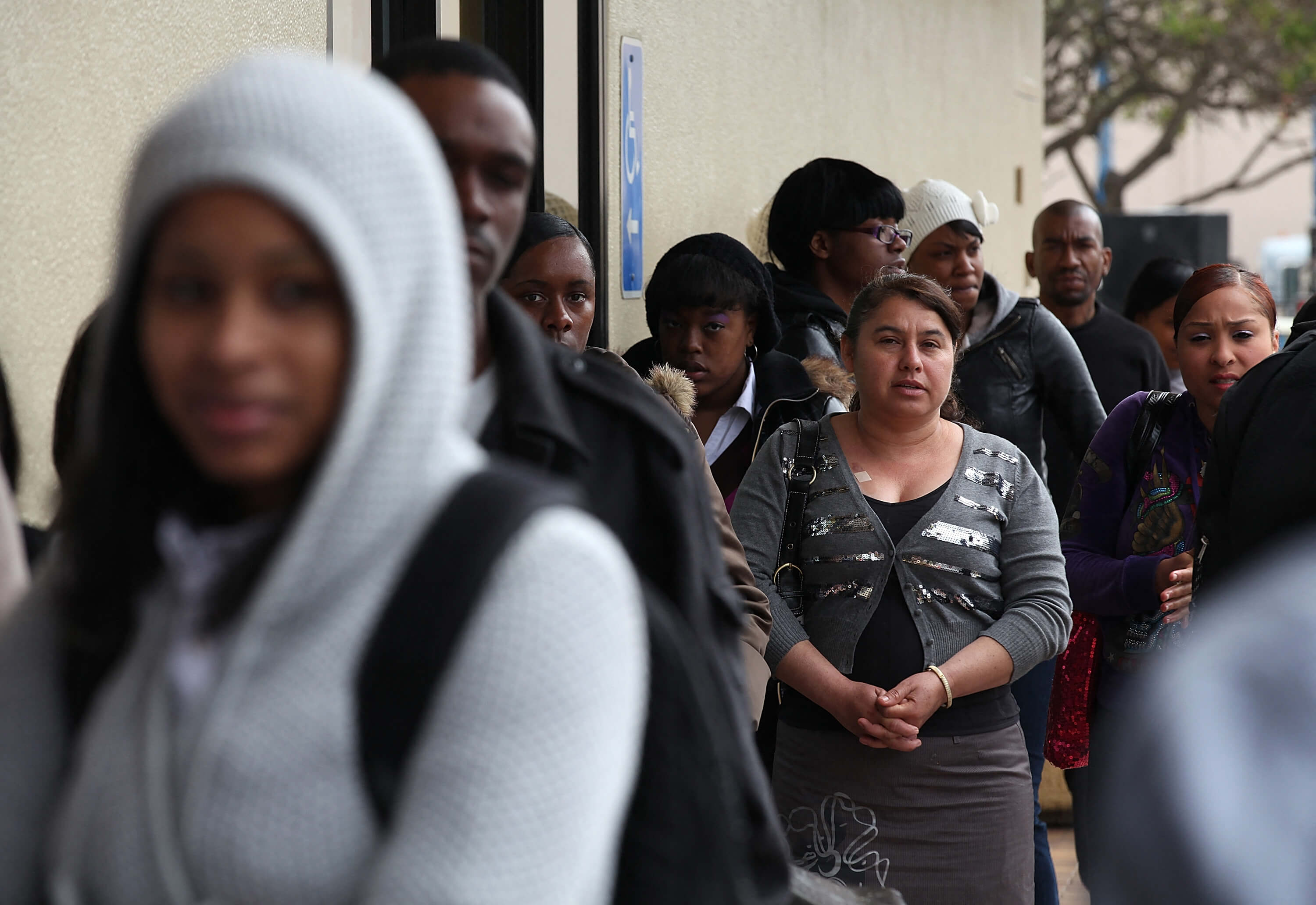
Job placements can be challenging to secure for international student graduates in Canada, as employers tend to favour local applicants. Source: Justin Sullivan/Getty Images/AFP
To boost their chances at immigration after their PGWP expires, overseas students will need to pick a degree programme that will rack up enough points through the Express Entry programme, an economic class immigration pathway. A study published on January 18 by Statistics Canada reported positive findings for aspiring PR applicants: more students are getting PGWPs between 2008-18, with the annual median income increased by more than 13 times within the decade.
The encouraging numbers cannot eclipse the difficulty of securing a work permit in Canada in the first place, and the cost international students incur over the years. They pay significantly more in tuition fees than domestic students, and as inflation soars, their Canadian experience is fraught with uncertainties and distress. Add the strains of a pandemic, and their situation can quickly feel even more insurmountable.
Savitri Sinanan, a Trinidadian international student who has spent over 100,000 Canadian dollars in tuition and study permit renewals, has gone through three rounds of rejection from the country’s Comprehensive Ranking System (CRS) that would qualify her for a PR.
A high-achieving student, Sinanan hasn’t managed to secure a high-wage job and has endured employers’ abuse, exploitation, and discrimination in low-paying jobs. Had she known about the ugly truth of Canada’s student-to-PR reality, she remarked, she wouldn’t have left her home country.
“I came into Canada with the wrong impression,” Sinanan was quoted saying at MWAC’s virtual conference. “After three years of study, and possibly two years of work experience, I thought I would become a permanent resident.”








